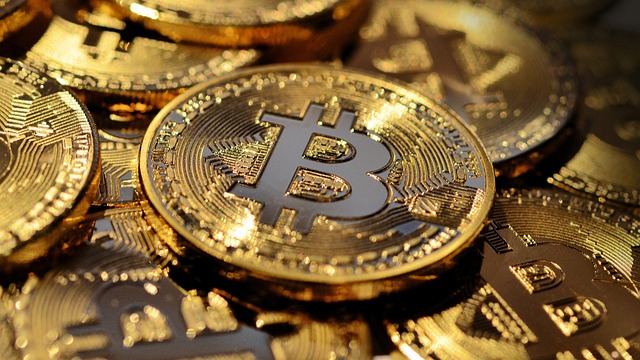As the world continues to evolve towards a more digital and cashless society, two cryptocurrencies have emerged as potential game-changers: XRP and Dogecoin. In this article, we will delve into the world of these two digital payment systems, exploring their key features, benefits, and potential future uses.
XRP and Dogecoin are both designed to facilitate fast and secure transactions, but they differ in their underlying technology, use cases, and target audiences. XRP is a widely adopted cryptocurrency that uses a unique consensus mechanism called the Ripple protocol, which enables fast and efficient cross-border payments. On the other hand, Dogecoin is a community-driven cryptocurrency that uses a proof-of-work consensus algorithm, making it more accessible to smaller transactions.
One of the key differences between XRP and Dogecoin lies in their scalability. XRP has a much lower block size limit than Dogecoin, which allows for faster transaction processing times. However, this comes at the cost of reduced energy consumption and a higher environmental impact. Dogecoin, on the other hand, uses a larger block size limit, making it more suitable for smaller transactions.
Another area where XRP and Dogecoin differ is in their regulatory frameworks. XRP has been classified as a security by the US Securities and Exchange Commission (SEC), which means that it must comply with securities laws. In contrast, Dogecoin has not been explicitly regulated, giving its developers more freedom to experiment with new features.
Despite these differences, both XRP and Dogecoin have the potential to revolutionize digital payments. XRP’s fast and efficient transactions make it an attractive option for cross-border payments, while Dogecoin’s community-driven approach has fostered a strong sense of loyalty among its users.
In terms of adoption, XRP has already gained significant traction in the financial sector, with several major banks and payment processors adopting its technology. On the other hand, Dogecoin is still relatively niche, but it has a dedicated following of enthusiasts who see its potential for community-driven projects and charitable donations.
So, what does the future hold for XRP and Dogecoin? As digital payments continue to gain mainstream acceptance, we can expect to see both cryptocurrencies playing a major role in shaping the industry. XRP’s scalability and speed will likely make it an attractive option for large-scale transactions, while Dogecoin’s community-driven approach will appeal to smaller businesses and individuals looking for alternative payment solutions.
Ultimately, the future of digital payments depends on several factors, including technological advancements, regulatory frameworks, and adoption rates. As we move forward, it will be interesting to see how XRP and Dogecoin evolve in response to these challenges and opportunities.
Conclusion:
In conclusion, XRP and Dogecoin are two cryptocurrencies that have the potential to revolutionize digital payments. While they differ in their underlying technology and use cases, both offer unique benefits and advantages that make them attractive options for different types of users. As we look to the future, it will be exciting to see how these cryptocurrencies continue to evolve and shape the industry.
Whether you’re a seasoned investor or just starting out, understanding the potential of XRP and Dogecoin can help you make informed decisions about your digital payment options. With their fast transaction times, scalable architecture, and community-driven approaches, these cryptocurrencies are poised to play a major role in shaping the future of digital payments.
Tags:
- XRP
- Dogecoin
- Digital Payments
- Cryptocurrencies
- Fintech



